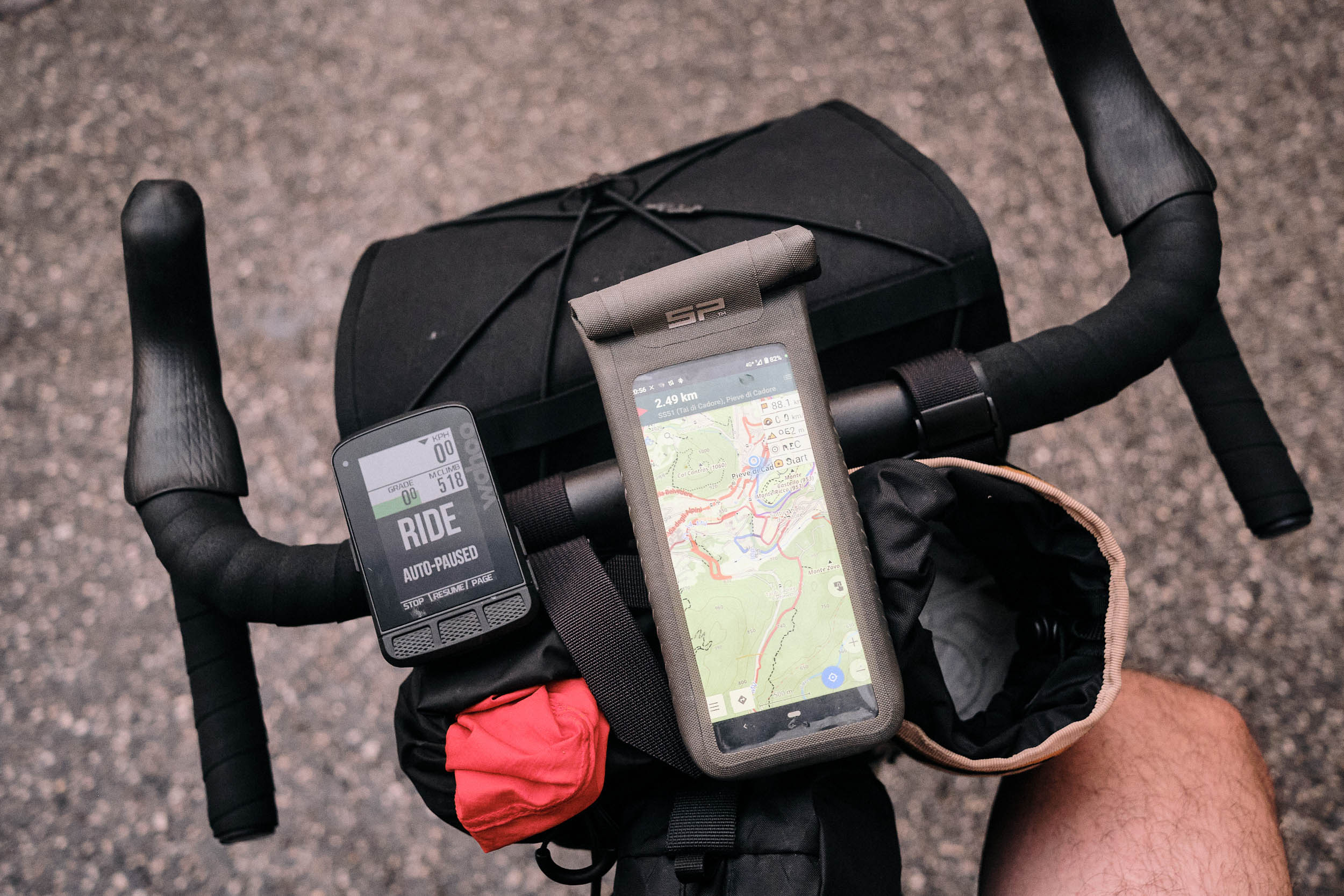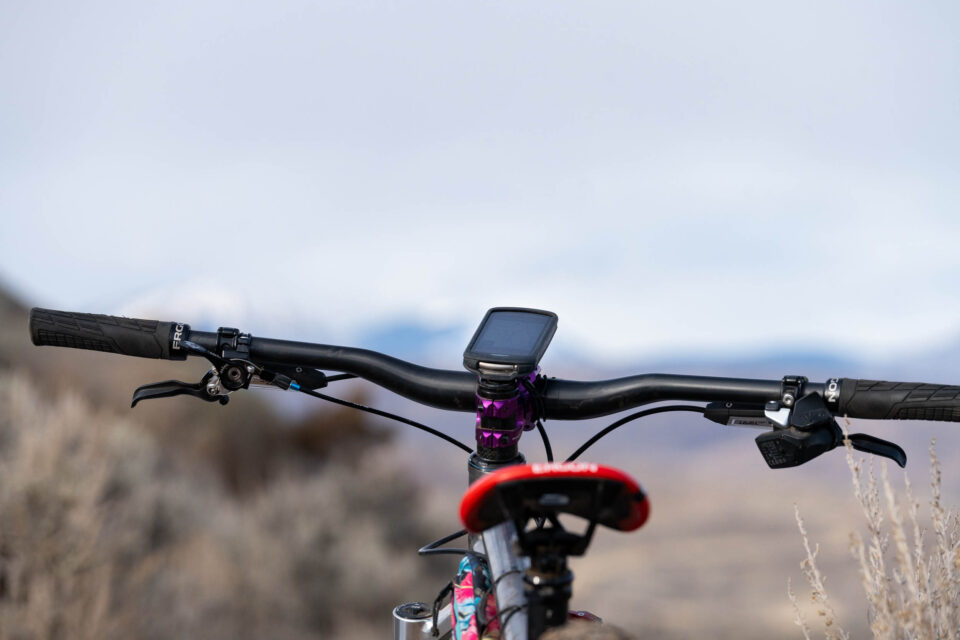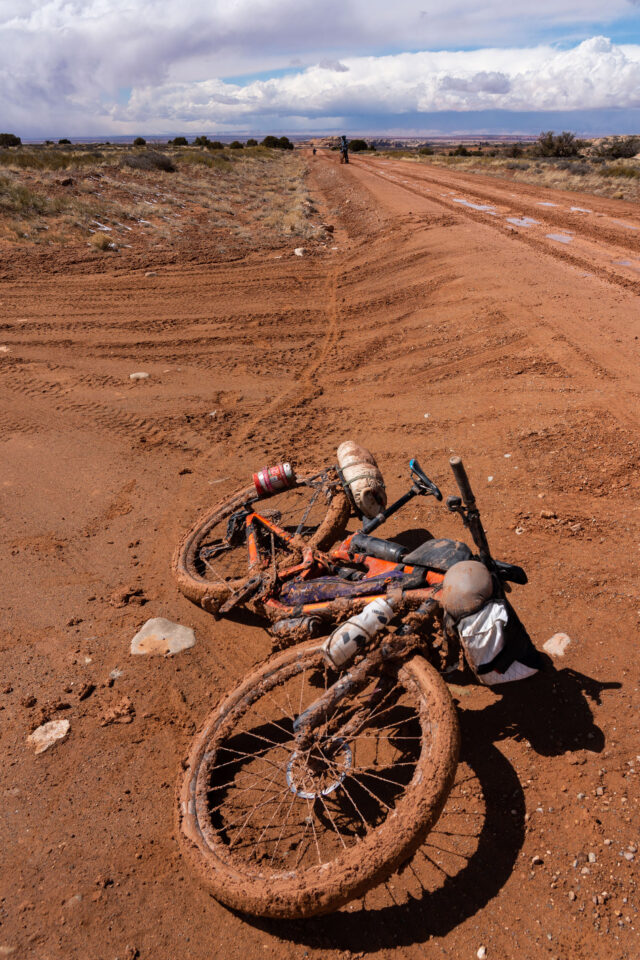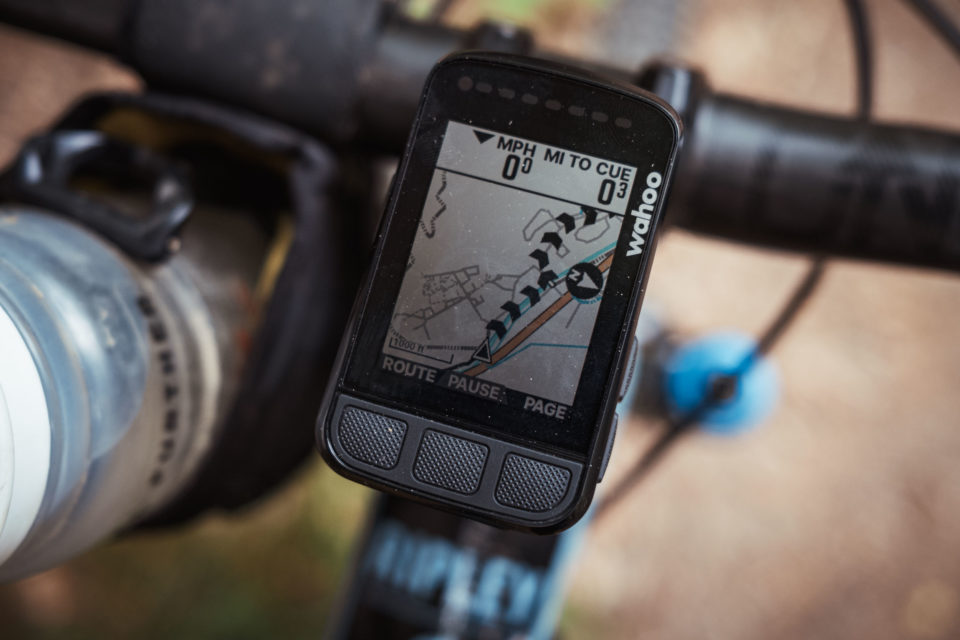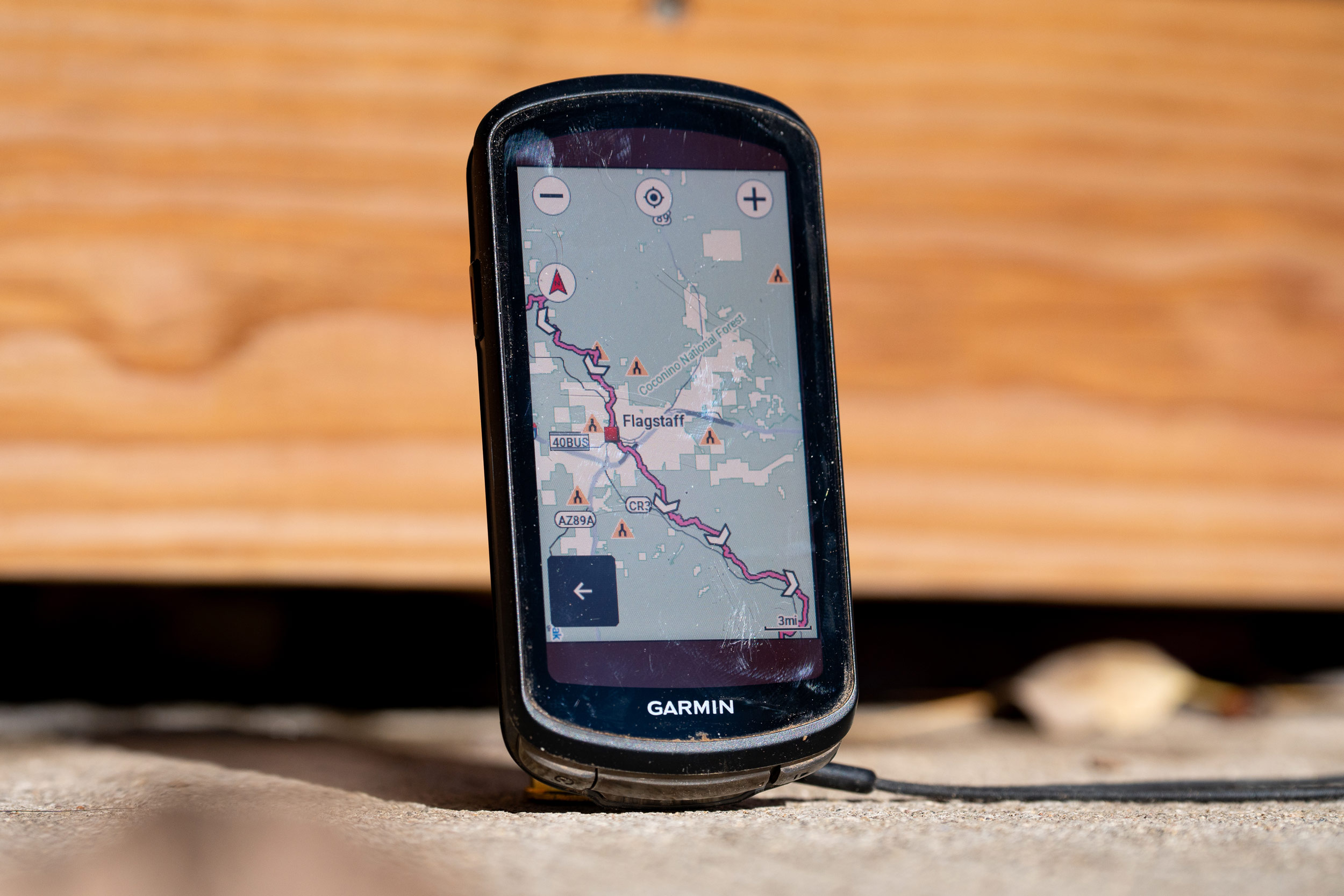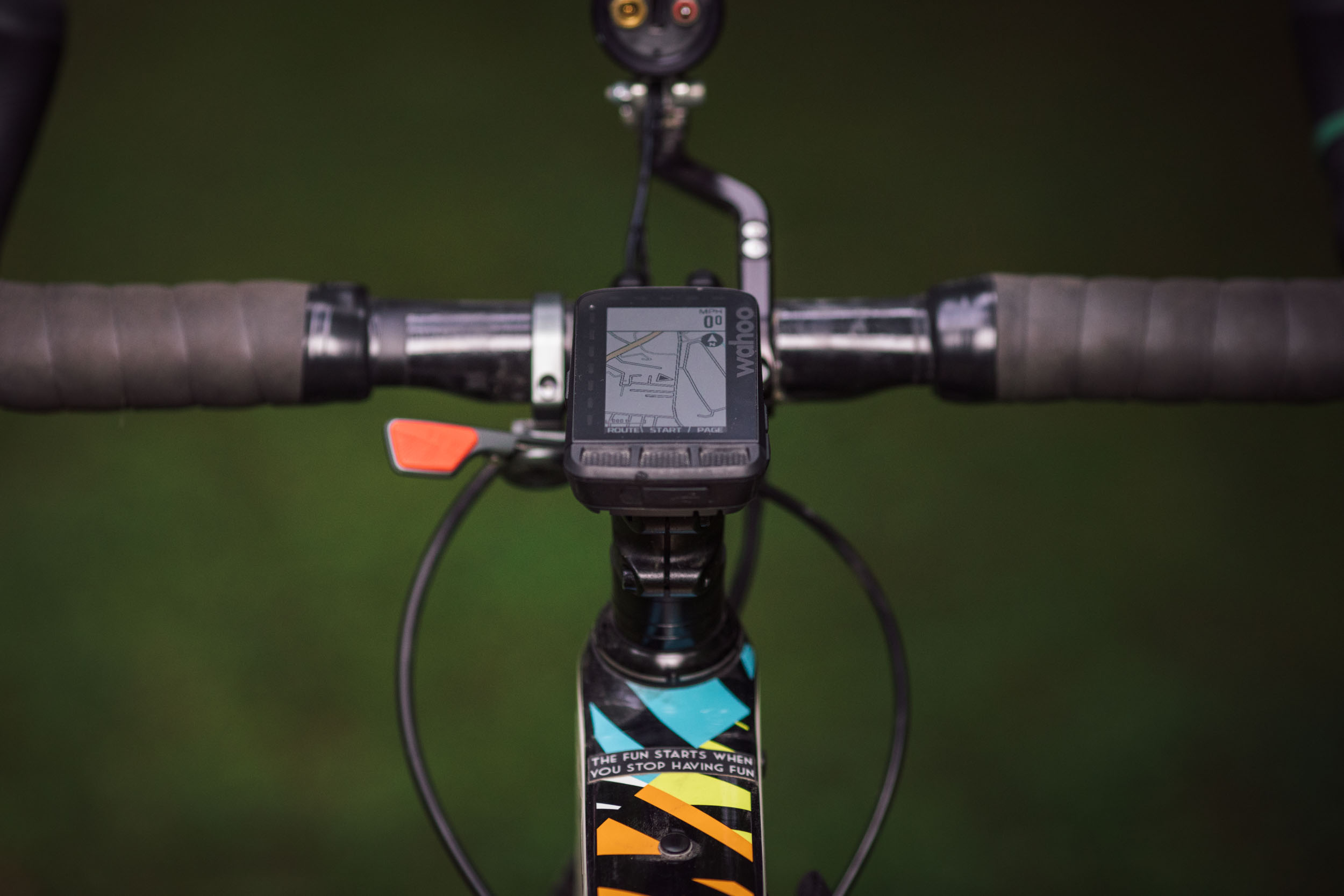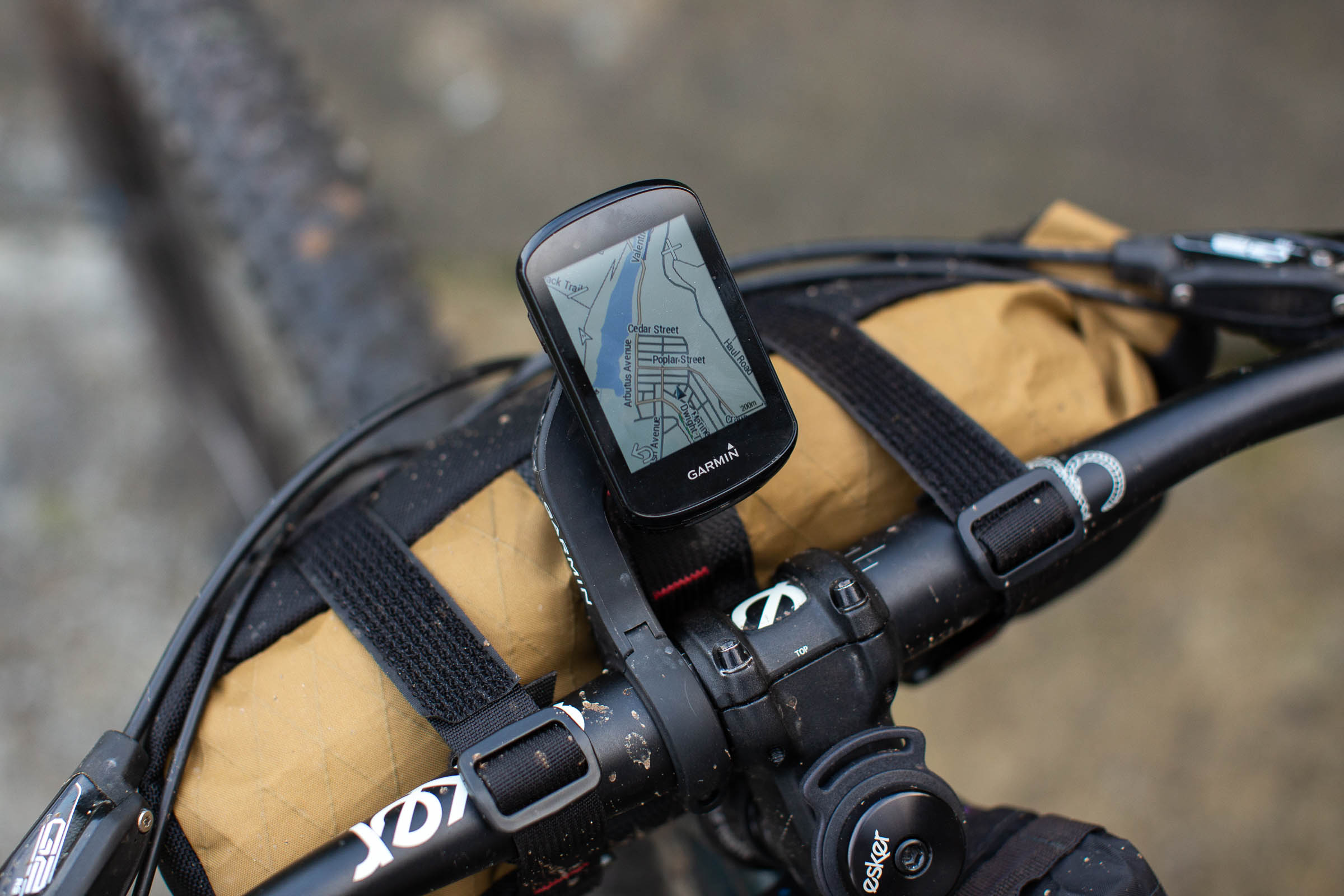GPS Device vs. Phone for Cycling + Our Favorite GPS Units
GPS device or phone for cycling? One of the most frequent comments we get when publishing a GPS unit review is, “Why not just use your phone?” In our latest video, Neil answers this by sharing some of the reasons he prefers a GPS head unit for all his bikepacking endeavors, and he also presents a few favorite options we use here at BIKEPACKING.com…
I’m a big tech guy, and like many millennials, technology has played a significant role in my life. Born in 1987, I grew up with multimedia in school, computers at home, and eventually, cell phones—all shaping my experiences differently than the generation before me. I recall playing on a computer in my basement as a 10-year-old, progressing to Sega, Nintendo, and eventually PlayStation as I got a bit older. By high school, I was rocking those awesome flip phones, texting friends in T9 mode. In college, I got my hands on my first smartphone. Technology has been intertwined with my life for as long as I can remember, and this likely explains my keen interest in tech within the realm of cycling.
Hands-free navigation
When gearing up for the Arizona Trail Race in 2013, I recognized the need for a dependable device for uploading GPX files and navigating a track. Back then, there were very few cycling head units that offered robust navigation and solid battery life, and smartphone apps weren’t nearly as advanced. That’s when I came across the Garmin eTrex series, highly recommended by other cyclists. Originally designed for hiking and handheld GPS use, Garmin introduced an aftermarket handlebar mount, turning it into a popular choice in the bikepacking community. Since that moment, I’ve relied on a GPS unit for navigation. It’s convenient to glance down and follow the route, eliminating the need to unfold a map or pull out a phone. This not only saves time at junctions but also serves as a helpful reminder for upcoming turns and displays waypoints for crucial points along a route.
Easy To Upload
The popular units, including those from Wahoo, Hammerhead, and Garmin, offer efficient methods for rapidly uploading tracks to the units, either wired or wireless. This allows users to download a route from our route page promptly or create a route on a desktop app and seamlessly upload it to the device. Personally, I prefer Ride with GPS for its user-friendly interface, and that’s where I store all my routes now. If you’re interested, there’s a video in the Further Reading grid below demonstrating how to create a route using this platform.
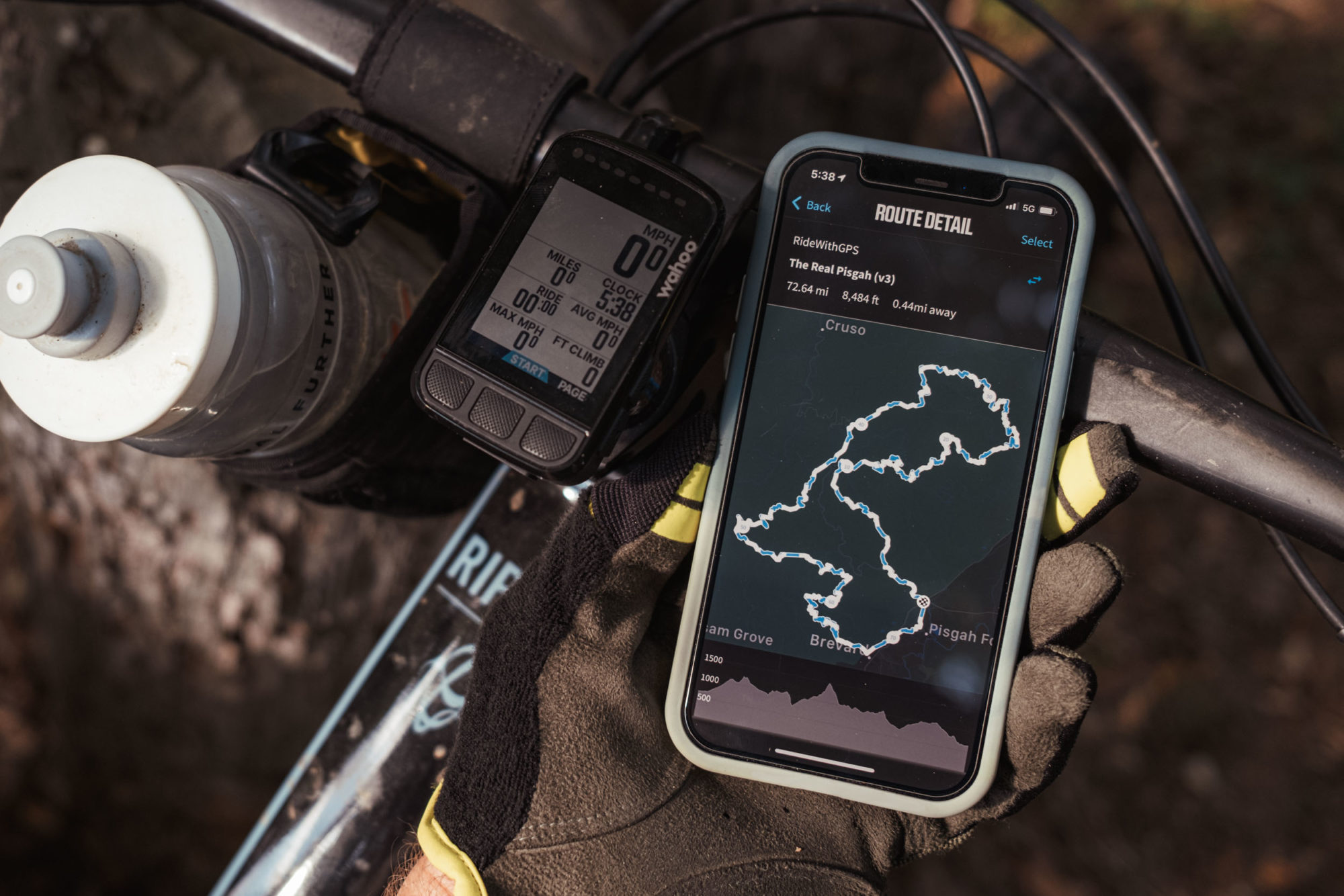
Built For the Elements
While smartphones can serve as hands-free navigation tools, having a dedicated, 100% water-tight device designed for the rigors of off-road cycling is more reassuring. I don’t feel comfortable mounting my phone to the handlebars, especially in rainy or muddy conditions on singletrack or dirt roads. Cycling head units are built to withstand dirt and grime, are durable in case of crashes, and offer a little more peace of mind. In the event of a head unit failure after a crash, my phone acts as a reliable backup. While phones can endure constant vibrations for extended periods, they may not have been specifically engineered for such use. My approach is to treat my phone well to ensure its longevity. Although purchasing a head unit adds an extra cost, it’s a worthwhile investment to avoid the need for a replacement phone.
Moreover, these head units are designed for optimal visibility in bright sunlight or darkness, where phones often fall short, especially in very bright sun, a common scenario here in Colorado. Additionally, in extreme temperatures, head units generally outperform phones. I’ve experienced my phone dying in sub-freezing temperatures in my pocket or being advised to cool the device down due to prolonged exposure to the sun.
Battery Life
Battery life is a crucial factor for me, and it’s perhaps the most important consideration. While certain head units outperform others in this aspect, the key advantage is not having to deplete my phone’s battery daily. During bikepacking trips, I rely on my phone for family communication, capturing a few photos and videos, and accessing weather updates or checking for service in towns.

Having a dedicated device for cycling helps preserve my phone’s battery life. With today’s head units, you can typically expect up to two days of usage without charging, and the new solar units from Garmin can extend this to around five days. On the other hand, relying on your phone for navigation might require daily charging, potentially accelerating its battery wear and affecting long-term health.
Other features
GPS units also offer various additional features, some of which I don’t use, but they enhance overall value. Each device comes equipped with built-in memory to store tracks and routes, along with base maps, elevation profiles, climbing features, temperature sensors, and the capability to sync with other sensors like inReach devices or electronic shifting systems. Furthermore, they include handy functionalities such as sunrise and sunset data, compass readings, and more. While smartphones provide some of these features, the need to download maps offline can consume significant internal storage space.
Our Favorite GPS Units
Here at BIKEPACKING.com, we all use head units in some capacity for our bikepacking trips, and for the most part, we all use them for the same reason: to follow a track to ensure we stay on route. The most important part of choosing one is having an enjoyable user experience and a good battery life.

Each of our team members has their own favorite device. Miles favors the Garmin Edge 830 and eTrex and appreciates the cycling UX on Garmin’s cycling units. Logan finds the simplicity of the Wahoo Bolt appealing, while Lucas leans toward the Hammerhead Karoo 2 but expresses an interest in continuing to reincorporate more paper maps in the future. Personally, I’m a huge fan of the Garmin Edge 1040 Solar, mainly due to its impressive battery life. Detailed long-term reviews of each device are available below if you want to delve deeper into their individual characteristics.
In a perfect world, a combination of the user-friendly Wahoo interface with the robust battery capabilities of the Solar 1040 would be a dream setup! What are your thoughts? Do you prefer a GPS device for backpacking? If so, which one? Alternatively, if you use a phone, why? Feel free to share your insights in the conversation below.
Further Reading
Make sure to dig into these related articles for more info...
Please keep the conversation civil, constructive, and inclusive, or your comment will be removed.






